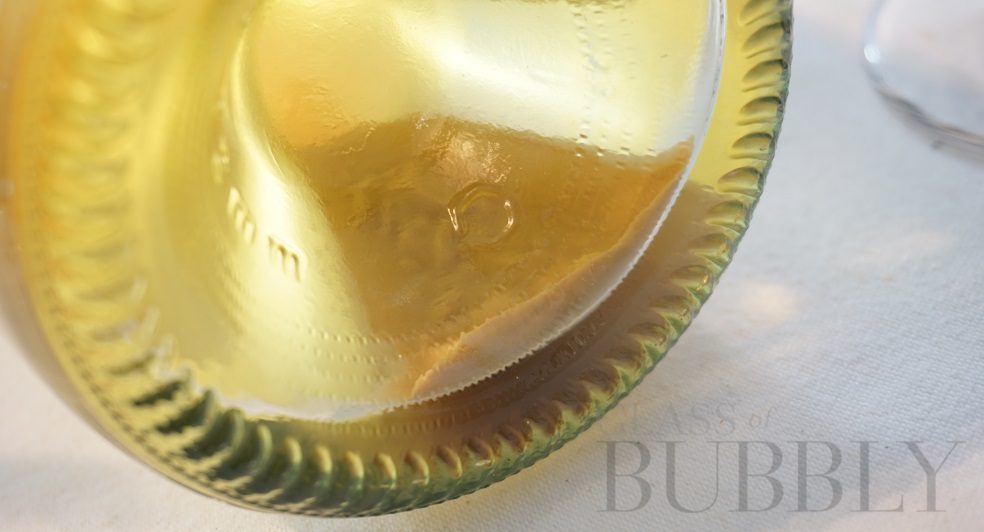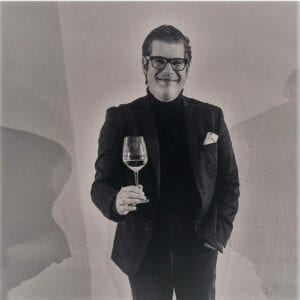Talking About the Popular Sparkling Wine ‘Pet-Nat’
25th February 2021

One of the oldest methods in the world is now a huge hit under young and hip wine drinkers. Of course, I am talking about the popular sparkling wine ‘Pet-Nat’ as it is so lovingly known. In full ‘Petillant Natural” or what sounds better in my opinion is naturally sparkling. What do we know about the centuries-old method of production, why are such wines so popular within the ‘natural wines world’ and where do these wines originate from?
For the history, we have to travel back in time, some hundreds of years. Like so many wine methods, this method was also discovered by accident. It all began in the French region of Gaillac. As in earlier times, the cool streams and currents were used to cool bottles of wine. A great way of cooling your wines, as cool cellars or wine climate cabinet were not available at that time. There wer no high tech methods of filtering or clearing at that time, as wines were made completely naturally with fermentation on the skins, leaving a lot of (residual) sugar in the bottle and that residual sugar is the main player in this game. Because the place of the bottles was sometimes forgotten, a magical process began. The cold winter arrived and the natural fermentation process stopped, due to the fast and abrupt drop in temperature. When the snow and ice disappeared and the spring arrived, the temperature rose and the fermentation started again. Through this natural process, the remaining sugars were converted into natural bubbles. The pressure in the thin bottles used could get really high and by opening this meant explosions, bangs, booms and therefore accidents occurred. You could say it was a dangerous wine in those days, but without friction no shine!
Nowadays, the process has matured and is completely safe with stainless steel tanks and automated temperature control. The wines usually have a dry character, but also sweet due to more control from the winemaker. The bubbles are generally pleasantly present without bubbling too forcefully. Some of these rebellious wines do not even mention the region of origin, thus going even further against the established order in the wine world.
Pascaline Lepeltier, the French sommelier, active in New York in the culinary bistro Racines, told the French wine magazine ‘La Revue du Vin de France’ that an annual ‘Pet-Nat Week’ takes place in New York. In ‘The Big Apple’ they call it ‘Champagne’s hip younger sister’ and it has become scarce on the market.
Do these wines only come from France? No, they are made in numerous counties all over the world. For instance in Slovenia in the Vipava Valley, they make beautiful natural sparkling wines from the unknown grape variety Ribolla, which is also widely used in the Italian region of Friuli. Both red and white grapes are used. In Austria, they also craft this art, like in some French wine regions like Bugey, Gaillac and Limoux. I recently tasted a natural sparking Pet-nat style wine from Hungary, made in the Tokaji region by the Szóló winery.
At the winery, a talented winemaker called Tímea Éless steers the lees and is in charges of the winery in the most eastern part of the country. Born in this same region, but raised in the capital of Budapest, she decided at a later age to continue the work of her grandparents. Starting with a few hectares, that she inherited, of quite unusual vineyards because no kind of chemicals have ever been used on the land. What started as a hobby quite rapidly turned into a full-time job. New vineyards were bought (some 1er crus and grand crus classified in 1737) and also family vineyards that were lost during the communism were taken back and restored. The main focus is on natural wines with no (or very small amount) of sulfites added.
About the wine; Szóló Boogie 2019, Pet-Nat style, is made of 100% Furmint variety. Fermentation happened naturally in a 15 hl tan and without any stirring in the tank before the bottling process started. This all in order to concentrate more lees in each bottle. The aim of this wine is to emphasize the natural character and to provide the market with a fresh sparkling wine with his own character from the Tokaji region.
The wine offers a mix of fruitiness and creaminess. It features hints of lees, some fresh apple and ripe pear, all in balance with the acidity. The enthusiastic fizzes in the beginning, which become pleasant bubbles later on, keep everything in balance. The wine has got a nutty finish, some walnuts and small pecan witch linger for a long time. So a great palate and aftertaste. What more do you need?
Advice from the winemaker when you don’t want the lees in your bottle? Remove the sediment accumulated in the neck of the bottle, by submerging the bottle in water when opening. Great pleasure lies ahead!
Written by: Dennis Doorakkers

![]()
Glass of Bubbly Content
Content shared by this account is either news shared free by third parties or advertising content from third parties and affiliations. Please be advised that links to third party websites are not endorsed by Glass of Bubbly Ltd - Please do your own research before committing to any third party business promoted on our website.
